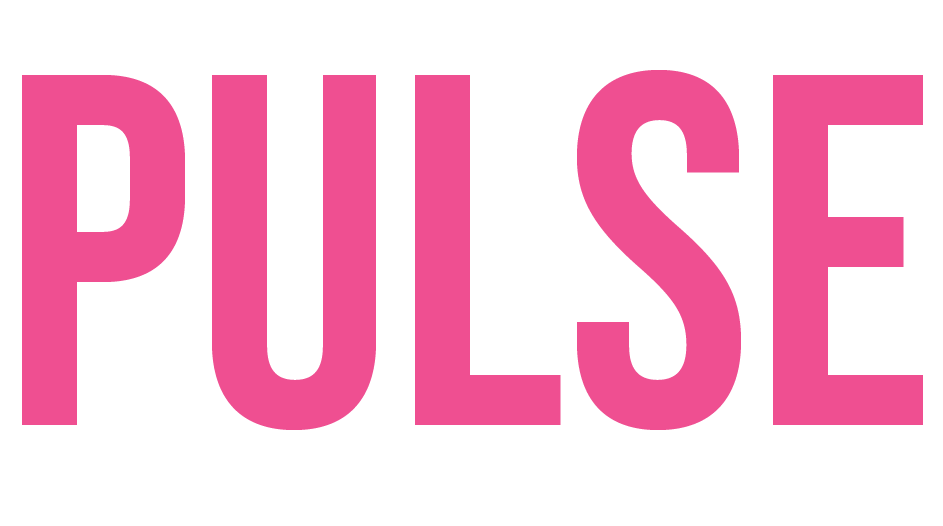Healing Your Inner Child
story by Megan Foster, photos by Lindsie Avalos, design by Lizeth Hernandez
You look into the reflection and see yourself, except much smaller and younger. You reminisce on the former familiarness of this little person, this adolescent figure before you. How would you talk to them? What would you say? How would you prepare yourself for what is to come? How would you protect you?
These are all questions that may be asked while doing inner child work, a concept created by Psychologist Carl Jung. Inner child work was designed to help heal wounds individuals may have encountered since their childhood.
PULSE spoke with Natalie Fish, a senior lecturer in child life and family science at CWU to better understand the topic of inner child work and attachment theory.
What is an ‘Inner Child’?
While it could be described in various ways, the concept itself is quite simple. Everyone has an inner child, regardless of background or upbringing, every person has some essence of the child they used to be.
“For the majority of people, I would assume that their childhood, their most important childhood relationships with adults, impacts their future for sure,” Fish says.
Imagine yourself, as young as you can. Plant yourself into the mindset you once held. Let your mind flood with memories and emotions from the life you lived inside those tiny shoes.
This exercise could provoke a range of emotions. For some waves of nostalgia, for others that of sadness or pain. There are remnants of childhood, of adolescence behind every adult, all full of experiences that shaped who they are now.
Theory of Attachment
Life can wound you, in ways beyond the physical. The wounds inflicted from childhood can grow to affect your adult life. When these wounds aren’t healed, individuals have the possibility to hurt those around them.
Fish teaches a class called attachment theory and practice. “If your inner child needs to be healed, it's because there's been a disruption in a part of a really important attachment relationship, typically in childhood,” Fish explains.
An attachment relationship is an individual present within childhood that provides essential care, emotional support and protection, according to the University of Illinois.
“It's like when our parents let us down, meaning they aren't responsive to our needs, they're not sensitive to our needs, all the way up to abuse and trauma,” Fish says.
Attachment relationships are a part of a bigger picture, a part of the attachment theory that was initially developed by the Psychoanalyst John Bowlby. These attachment relationships are crucial factors for the attachment styles that individuals develop over time.
“Attachment styles refer to patterns of bonding that people learn as children and carry into their adult relationships,” Simply Psychology says. “They’re typically thought to originate from the type of care one received in their earliest years.”
There are four different attachment styles, anxious or preoccupied, avoidant or dismissive, disorganized or fearful avoidant and secure, according to The Attachment Project.
Having a secure attachment is what Fish would describe as ideal, but “If you have an insecure attachment, it's not bad,” she says. “You, your mind [and] your body adapted to the situation [and] the environment that you were in, your caregiving environment, and it helped keep you alive.”
Inner Child Work
“In my attachment class, I teach them that one way that they can heal their inner child is to write letters to themselves, their younger selves,” Fish says.
When writing these letters, there are many different prompts that can be used or followed. Depending on your attachment style and your attachment wounds this may work differently.
“So anxious or avoidant can write letters, but it's maybe more beneficial for people who have anxious attachment,” Fish says. “Because through writing a letter to themselves, it can help them build confidence and decrease their levels of anxiety and they can help develop self-compassion through writing the letters. I'm sure avoidant people could do that too. But they may not need that as much as someone who's more anxious.”
Different things may work better for different people, specifically dependent on the results you’re seeking. Fish also brought up the topic of therapy for attachment wounds.
“If you're in a couple and you're trying to heal and or your partner's trying to heal, you would ideally use emotion focused therapy created by Sue Johnson,” Fish says. “And it’s just kind of talk therapy… it’s a set of seven conversations that the therapist has with the couple that helps heal them and heal their attachment wounds.”
Fish explained that healing your inner child, healing your attachment wounds, is similar to becoming what your younger self needed.
“This healing your inner child, it really sounds like learning to become your own attachment figure,” Fish says. “It’s really an internal process… it's practicing not rejecting yourself. It's practicing trusting yourself, building your self-confidence, being vulnerable [and] putting yourself in vulnerable situations while still being safe.”
Resources
If you’re struggling, don't hesitate to reach out. PULSE, with the help of the Student Health and Wellness services, compiled resources for student use.
Student Counseling Services:
In Black Hall 225 students can seek support via CWU Student Counseling Services. Students may access resources such as individual therapy, workshops, support groups and more, in person and virtually. To contact Student Counseling services at (509) 963-1391 or by dropping in, the offices are closed from noon to 1 p.m. daily.
TimelyCare:
CWU students have access to TimelyCare, a virtual counseling and medical service, via their MyCWU account. Once a student has registered, they have access to support 24/7, 365 days a year. The “Talk Now” feature connects students to a provider within five minutes or less, students can schedule consultations and ongoing services for their symptoms without additional cost.


